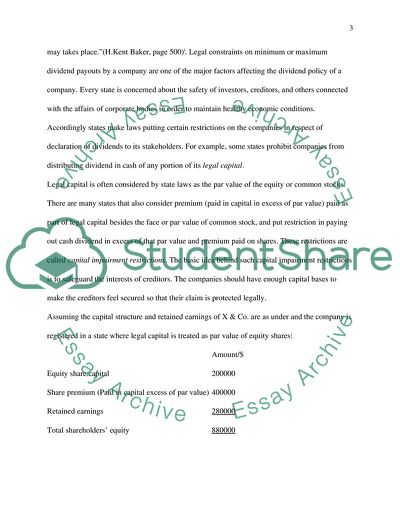Cite this document
(Constraints Affecting Dividend Payouts Case Study, n.d.)
Constraints Affecting Dividend Payouts Case Study. Retrieved from https://studentshare.org/finance-accounting/1737413-business-finance-investment-appraisal
Constraints Affecting Dividend Payouts Case Study. Retrieved from https://studentshare.org/finance-accounting/1737413-business-finance-investment-appraisal
(Constraints Affecting Dividend Payouts Case Study)
Constraints Affecting Dividend Payouts Case Study. https://studentshare.org/finance-accounting/1737413-business-finance-investment-appraisal.
Constraints Affecting Dividend Payouts Case Study. https://studentshare.org/finance-accounting/1737413-business-finance-investment-appraisal.
“Constraints Affecting Dividend Payouts Case Study”. https://studentshare.org/finance-accounting/1737413-business-finance-investment-appraisal.


